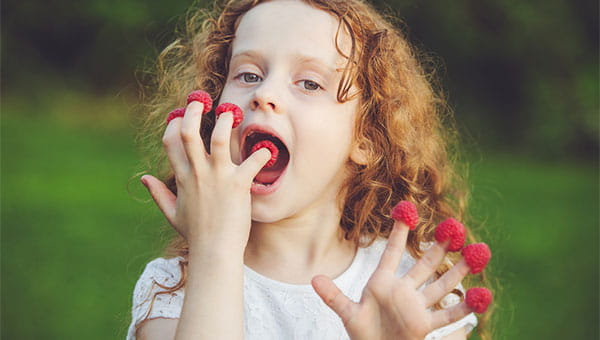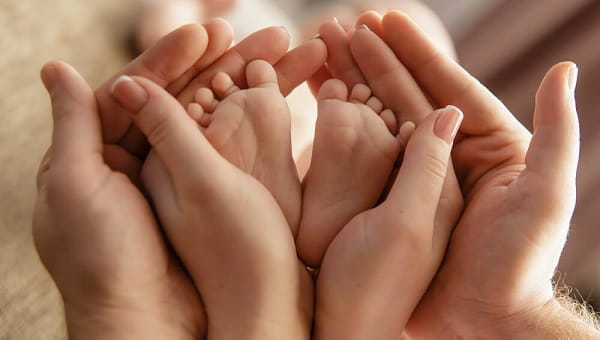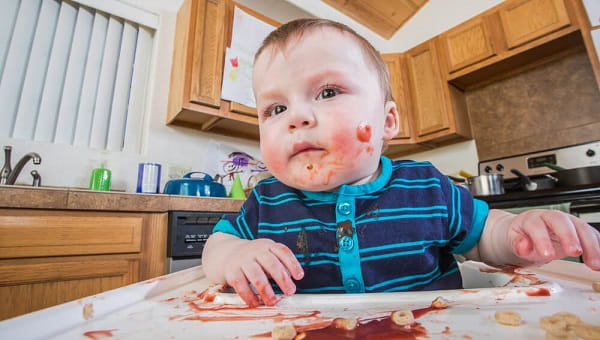Foods to Consider
Children could develop an allergy to any type of food, from dairy products to nuts. According to the Centers for Disease Control and Prevention, more than 4 million children in U.S. have food allergies. There are eight foods in particular that cause about 90 percent of all food allergies, which affect the immune system. Those foods are:
- Eggs
- Milk
- Soy
- Wheat
- Peanuts
- Tree nuts (such as almonds, pecans or walnuts)
- Shellfish (including lobster, crab or shrimp)
- Fish (such as cod, flounder or bass)
Reactions
A few minutes to an hour after eating the food, allergic symptoms might start. Each child might experience different symptoms of food allergy, but these are the most common:
- Wheezing
- Difficulty breathing
- Tightness or itching in the throat
- Itching or swelling of the lips, mouth or tongue
- Swelling
- Eczema
- Hives
- Diarrhea
- Cramps
- Vomiting
- Lowered blood pressure
The U.S. Food and Drug Administration notes that some individuals can have severe reactions to food allergies, and might even have a life-threatening allergic reaction known as anaphylaxis that can cause constricted airways in lungs, very low blood pressure and shock, and suffocation from throat swelling.
If your child has food allergies and has had a severe reaction, his or her doctor might prescribe an emergency kit with epinephrine. It can help stop the symptoms of severe food reactions. Talk with your child’s doctor for more information. Knowing and avoiding the foods that cause food allergy symptoms are the best ways to prevent an allergic reaction, according to the Mayo Clinic. There is no medication that prevents food allergies.
The Mayo Clinic recommends that parents take the following precautions if their child has a food allergy:
- Alert key adults, including school officials, child care providers and parents of your kid’s friends, about the food allergy and describe the symptoms.
- Create an action plan for treating the food allergy and share a copy with the nurse at your child’s school and other people who take care of your child.
- Get a medical alert necklace or bracelet for your child to wear.
Consult your child’s health care provider for more information about food allergies.




